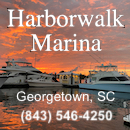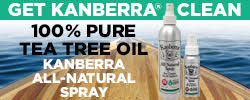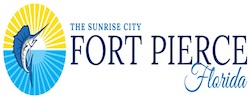Gloomy Through Saturday,
A Little More Rain MondayA stationary front just to our south and east will keep us gray and mostly wet through Saturday. The heaviest rain will fall over the Lowcountry, while the Upstate will see the least. The good part of this is that parts of the state remain in a drought, so persistent chilly, wet weather is beneficial there. 
I’m sure some people are happy to see the rain (for example, I need to burn some wood debris that’s been accumulating in my backyard, and it’s been way too dry for that for months), but for most, it’s a bummer that Saturday looks gloomy. The rain comes in two waves as weak storms ride along the front to our south. The first is passing through this part of the country today, causing rain across the state. Rain will become confined to coastal areas tonight, then the next wave will affect areas mainly along and south of I-20 on Saturday. The rest of the state will remain dry Saturday, and parts of the Upstate might even see the sun pop out briefly at the end of the day. Temperatures will mainly sit in the 40s and lower 50s today, drop to the upper 30s and 40s tonight, then recover to the lower to middle 50s Saturday. Traveler’s Advisory: Those heading north into central and northern Virginia, Maryland, and Delaware through this evening will encounter snow; not a lot, but enough to cause slippery spots on the secondary roads and back roads. 
A loop of visible satellite imagery shows clouds along and north of a stationary front stretching across the Gulf, Georgia, Florida, and the western Atlantic. Image Source: University of Wisconsin RealEarth We’ll see a better day on Sunday. Much of the state will see clouds and fog to start, but it looks partly sunny by the afternoon. Highs will mainly be in the 50s, and parts of the Lowcountry could touch 60. Another storm system will move in on Sunday night, causing light rain to break out again during the wee hours of Monday. A cold front will move in early on Monday as well, with air cold enough to turn the rain to snow up in the land of vinegar and tomato sauce. It’s conceivable that some wet snowflakes mix with the rain over areas north of I-20 here in South Carolina, but don’t expect anything significant. “Cold air chasing moisture” setups rarely lead to significant snow in this part of the country. Besides, there won’t be much precipitation falling on Monday, no matter what form it takes. Highs on Monday will range from the mid-40s north to the mid-50s south. Tuesday and Wednesday look tranquil under high pressure. That keeps us mainly sunny both days; Tuesday will be chilly with highs in the 40s and lower 50s, but Wednesday will be milder with highs mostly 55-60° (near average for early December). A 1-2 punch of cold fronts will likely affect us Thursday into next Friday. However, neither front will be able to tap into substantial moisture, so we’ll see little or no rain during the period. Thursday looks a bit warmer than Wednesday with highs mainly in the upper 50s to middle 60s, but it will turn chilly again Friday with highs mainly in the 50s. Next weekend looks dry but cold. Highs will likely be in the 40s and 50s, with most of the state dropping below freezing at night. It’ll feel a lot like Christmas, and look that way, too. Brown grass, red and green pine trees, and bare hardwoods are how we normally roll at Christmas down here in South Carolina. Frank Strait
Severe Weather Liaison
S.C. State Climate Office | 






















Be the first to comment!